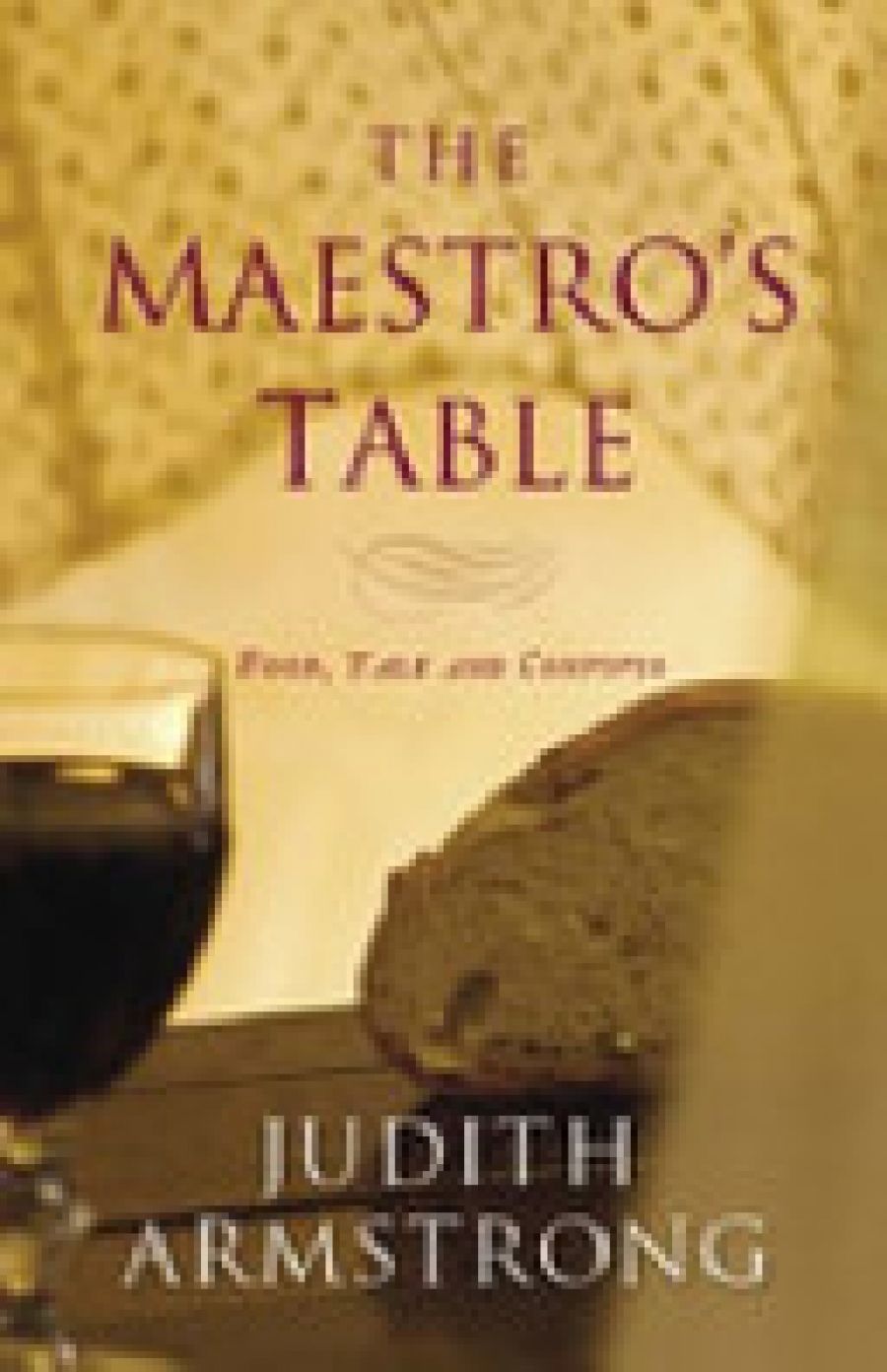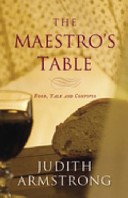
- Free Article: No
- Contents Category: Non-fiction
- Review Article: Yes
- Article Title: Maybe not
- Online Only: No
- Custom Highlight Text:
So here we are. A house in Dosson, a village ‘almost joined to’ Treviso, which in turn is not far at all from Venice. A casa aperta, an open house, one to which friends and colleagues of the owner, a well-regarded musician, are drawn, not only by their confidence that a simple permesso will ensure welcome but because the owner ‘believes implicitly in the civilising effects of hospitality’. The maestro wants his friend to write a book. It will be about ‘music and art and culture and my friends and food and where I live’. He loves to cook and obliges the appointed scribe with a list of kitchen accoutrements, which will cover all occasions. It is admirably short and begins with ‘3 pots (one big one for 10 people, one medium one for 6, one little one for 2)’. Thoreau’s central explanation of his furniture comes to mind as a rejoinder to a casa affollata: ‘I had three chairs in my house; one for solitude, two for friendship, three for society.’ The book will include recipes, the writer decides, and it does. She tells the reader, ‘Maybe the book will get sorted out, maybe not.’
- Book 1 Title: The Maestro’s Table
- Book 1 Subtitle: Food, talk and convivio
- Book 1 Biblio: Text, $25 pb, 261 pp
- Book 1 Cover Small (400 x 600):

- Book 1 Cover (800 x 1200):

Maybe not. In the last few pages, Armstrong tells us that ‘the process of writing, like travel – like life itself – surprises you with the discoveries it delivers off its own bat’. There is a lovely passage in which she compares the casa aperta, in the sum of its parts, to a Benedictine abbey, a Palladian villa, a medieval cathedral, a Court of Love, all of which have been passing subjects of light contemplation and research while exploring the maestro’s region.
In the meantime, the book has not sorted itself out and remains in far too large a part a repository of tedious diary-keeping. The Maestro’s Table has hardly been set, the metaphorical stock is still simmering and needs reducing towards concentrated flavour, and the figs, which ripen only on the tree, are green. For much of the time, we are reading what seems to be a series of notes for a book to follow, surely a criticism that includes its publisher as well. The quotidian comings and goings to the house, the tedium of missed buses, misunderstood arrangements, the sometimes seemingly sly use of pseudonyms and nicknames, while letting slip enough for the worldly Australian reader to identify those who are well known, add up to a sense of exclusivity and privilege which is at odds with the profound idea of convivio and especially to the open house as the practice of a particular and pastoral philosophy.
It is hard to put all the above criticisms aside, for they cause near fatal distaste. By page twelve, the first house guests, including the author, conduct a convivial slaughter of Tuscany and the popular gastronomic literature it has spawned while they search for a title for what will become The Maestro’s Table and which will do for the Veneto what might have been done for Tuscany if the Maestro happened to have a house there instead. The antidote is to lose oneself for a long moment in Patience Gray’s remarkable Honey from a Weed (1986). Gray not only lived in Tuscany but also spent time in the Veneto.
The problem with table talk is that it is absorbing and vital only for those at the table; inconsequential to the outsider. Indeed, this is part of its ephemeral charm. The problem with simple largest-of-the-three-pots home cooking is that, while it may raise the spirits of those who eat it, and cause lip-smacking bonhomie, or whatever people in the Veneto call it, it makes for inconsequential recipes.
A different notice for this book called Armstrong an ‘always pleasant’ writer. She is, and when she ventures away from the house, its heroic host and his charmed circle, she nearly always holds the reader’s interest: a little history of Dosson and Treviso, of Udine and Asolo, excursions towards Giorgione, cheese-making, Tintoretto, local wines, Palladio and more. Perhaps the book which is planned (‘But was there a story in it? If so, it eluded me’) within the published one might have been a fine little guide to the history, architecture and culture of the Veneto. A travel guide, no less. In 1960, Ivy Compton-Burnett said to Barbara Pym, ‘A great many novels nowadays are just travel books.’ The problem with The Maestro’s Table is that it is neither. It might have been grist for a well-crafted novel of the old-fashioned kind, given the ingredients and a plot. The author’s self would, in this scenario, slip courteously behind the screen of invention. The invitation made by its subtitle, Food, Talk and Convivio, is towards something else altogether of course, something marvellously inviting in theory but somehow inexpressible. Food, talk and convivio just happen.


Comments powered by CComment